We Went to Quebec to Learn How to Pronounce Nissan 370ZKI

As a dyed-in-the-wool Canadian who pronounces the letter Z as zed — as God intended! — the name of Nissan’s latest cold-weather creation, the 370Zki, makes no sense to me. How am I supposed to pronounce three-seventy zed… kai? Kee? Zee-Kee? I went to snowy Mecaglisse raceway deep in the Quebec wilderness to find out.
In the realm of marketing exercises, there are companies who have fun and then there’s Nissan, which decided that what its iconic two-seater convertible sports car really needed wasn’t blistering track times, just tracks. Like the kind you find on an army tank.
This isn’t actually as ridiculous as it sounds. The 370Z is a summer toy, so why not turn it into a winter toy, too? And, sure, this “tracks pack” makes it less practical, less comfortable, and louder, but so would any other kind of hardcore track pack, and neither is particularly relevant to public roads.
This isn’t the first time Nissan has tread into the world treads. In 2016, the company’s Canadian arm installed tracks on a Rogue to celebrate the fact that it was the best-selling Nissan in the Great White North. Naturally.
The product of Motorsports in Action (MIA), a race team based just north of Montreal, the Rogue Warrior, as it became known, was designed to be a silly promotional tool, just like the 370 zed kai. Unlike the Rogue, though, the sports car was built, for some reason, by a shop in L.A., where it never snows.
While the Rogue Warrior, according to Carl Hermez of MIA, only took about 80 hours to build and not much longer to conceive, the 370Z took a little more effort. In both cases, the tracks came from American Track Truck, whose universal kits fit pretty easily.
In the case of the Rogue Warrior, all it needed was a bit work done to the suspension geometry and a little bit of bodywork to make sure that everything fit. Free of the requirement to travel great distances, it turned out to be a relatively easy job for MIA, which has engineered everything from Canada’s Micra Cup cars to Dakar vehicles and makes a habit of racing McLarens.
The 370Z, meanwhile required a custom lift kit to raise the car three inches and custom mountings for the rear springs, though they were able to use the stock brakes. So that’s nice. There was also a lot of bodywork to be done to ensure that the large tracks didn’t try to eat the car. In my view, this work did not go far enough, so I did what I could to help out. By the day’s end, the rocker panels on both sides of the 370 were coming apart from the car, freeing up space for the tracks (it was also in no way a reflection of my overzealous driving style).
The first thing you notice when the 370Z takes off is how loud it is. As the car takes off, the tracks grab the ice and snow and the sound almost immediately drowns everything out. My co-driver, who was navigating, had to use hand signals to lead me around the circuit.
The next thing you notice is how surprisingly warm you are in the convertible, even at speed. This feeling of warmth came back to bite me in my literal butt.
That snow and ice that the 370 grabs at so loudly have a habit of being thrown upward and arcing elegantly into the cabin and between your legs, giving you the very inelegant appearance of having wet yourself. This car punished me for my conviction, born of years of unerring continence, that I would not need an extra pair of pants on my journey of discovery.
The upshot of all of this is that there’s loads of traction. That traction, coming as a result of friction, and in combination with a healthy sense of responsibility to the nice people who asked you not to break their car (I TRIED), means that neither the 370Zki nor the Rogue Warrior are particularly quick nor do they need brakes, really. Just let off the gas and you slow down plenty. It’s the one pedal driving that Nissan always promised, though admittedly, not quite how they meant it.
This traction is not infallible, though. In snow, you’re about as planted as a train on a track. Ice, however, provides you with an opportunity to break traction — front and rear. The skis, as you’d imagine, understeer on the ice, while the tracks, provided with a bootful of throttle, are also willing to break traction on ice. Luckily the distinction between snow and ice is actually pretty clear, so with a bit of looking, you put your skis on snow and your tracks on ice and slide happily through the corners. A true sports car.
All of that may sound like it takes a lot of getting used to, but it feels shockingly natural. It is, after all, still a car and the experience is not unlike driving in the snow, just much, much less scary and much more predictable.
As for the question that opened this article, the name is a clear pun on “zee,” as our American friends say it. This, though, is an incorrectness that America holds onto like the enormously cumbersome and wildly inefficient imperial system. I, therefore, reject it.
According to the very French and somewhat inconsistent Nissan PR people, it was pronounced at times Zkee and at others Zee-ski, which kind of rhymes and is enormously charming, but also depends on the incorrect pronunciation of the letter Z and which I, therefore, reject equally.
With only incorrectnesses offered, I had to come up with my own correct answer: Zedski. Yes, “zedski” adds a letter, but also sounds like the cheap Lada knockoff of the 370Z and uses the correct pronunciation of the letter Z, so it wins.
And there you have it. It’s the three-seventy zedski and it’s a hoot. As long as you have an extra pair of pants.

Sebastien is a roving reporter who covers Euros, domestics, and all things enthusiast. He has been writing about the automotive industry for four years and obsessed with it his whole life. He studied English at the Wilfrid Laurier University. Sebastien also edits for AutoGuide's sister sites VW Vortex, Fourtitude, Swedespeed, GM Inside News, All Ford Mustangs, and more.
More by Sebastien Bell




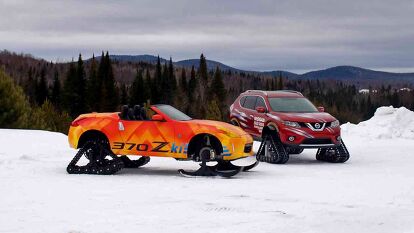



























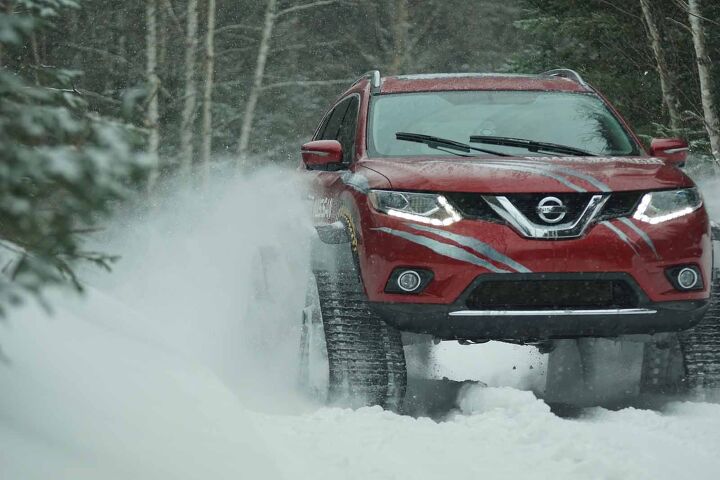





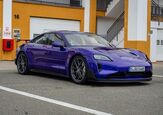
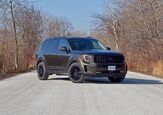










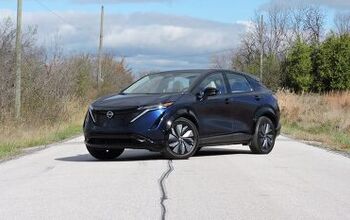
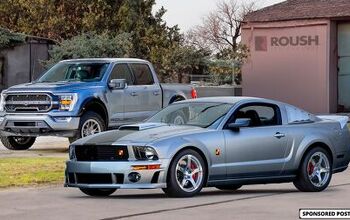

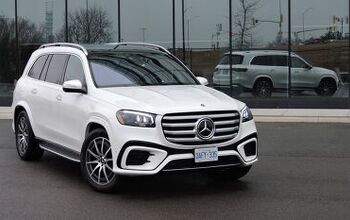


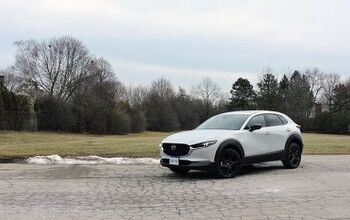







Comments
Join the conversation